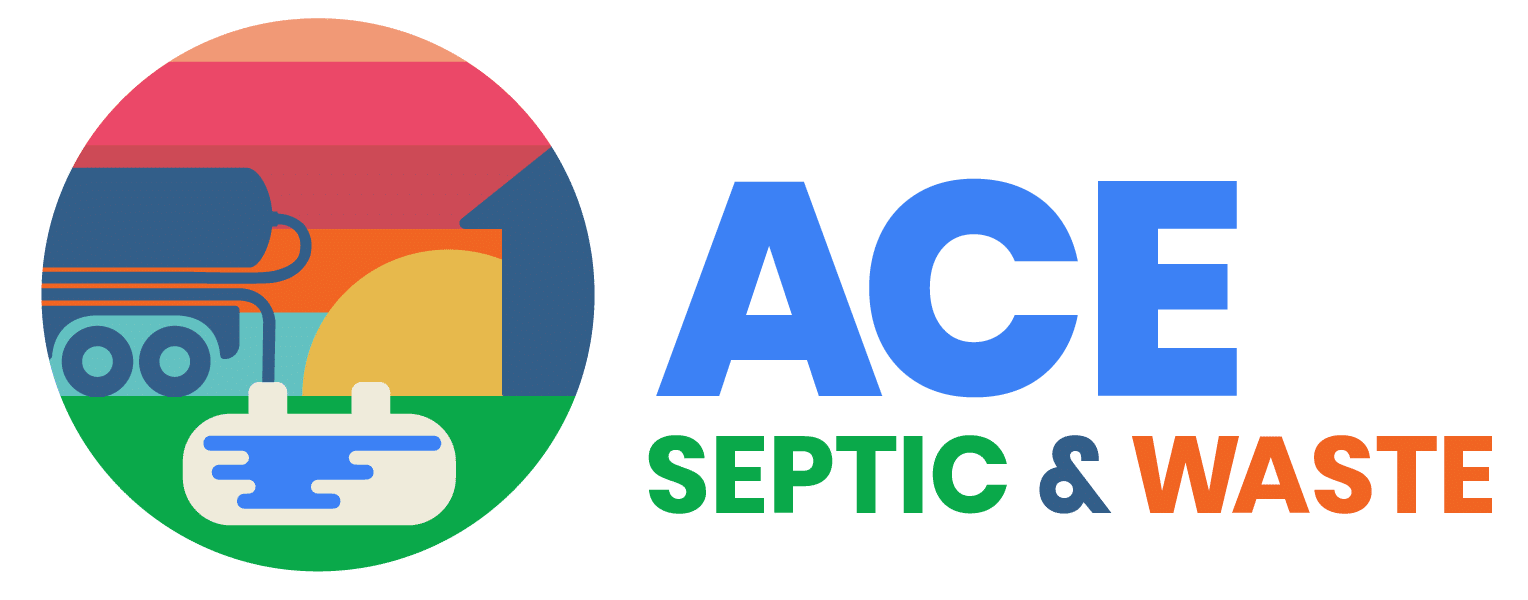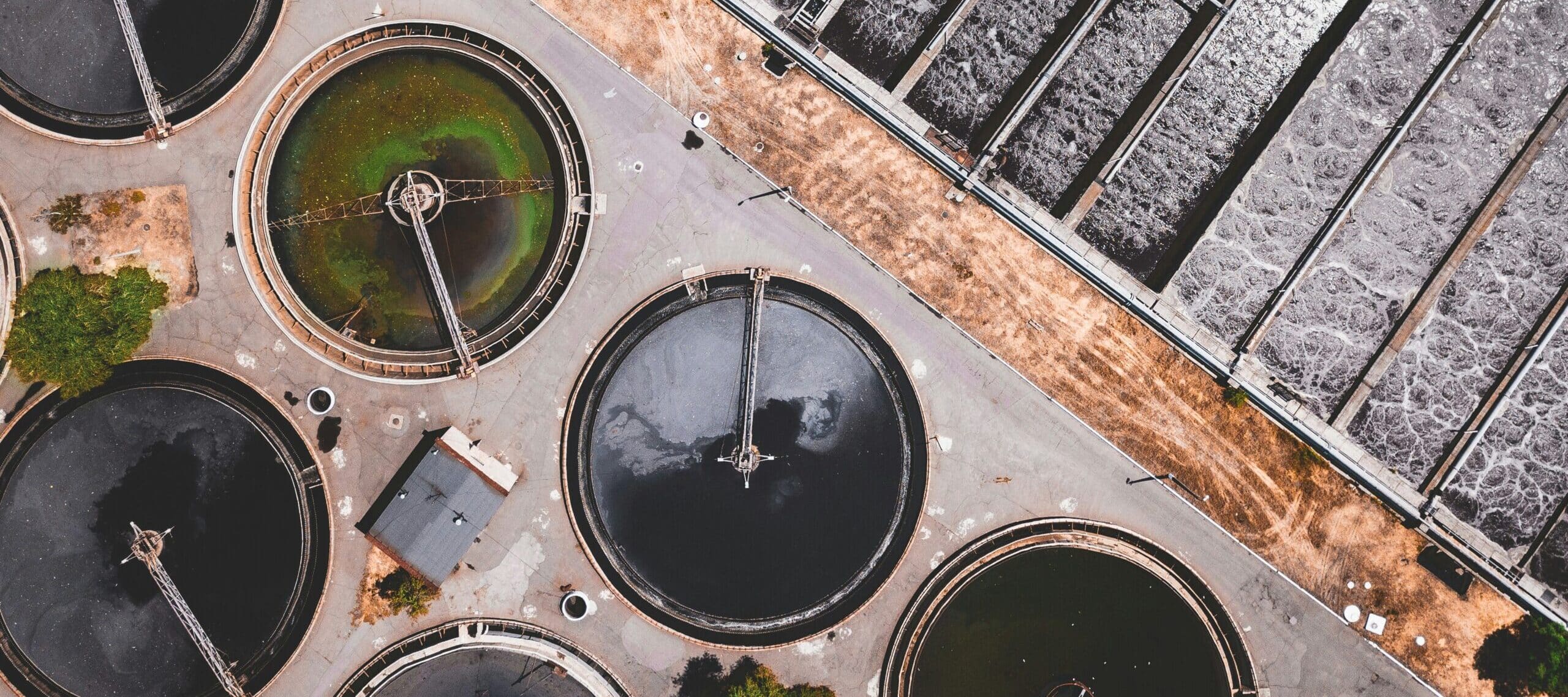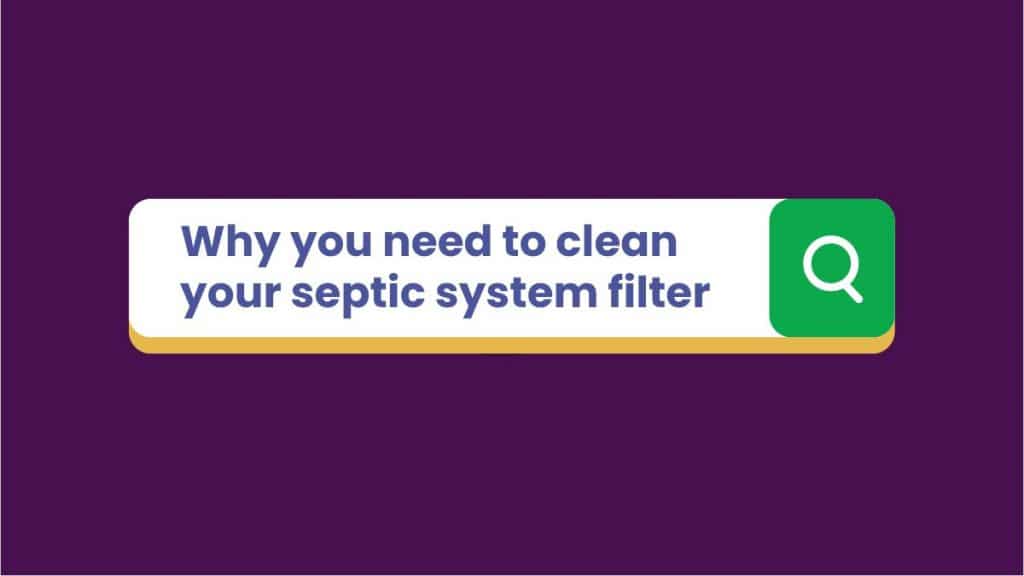Wastewater treatment is a vital process in maintaining environmental health and public sanitation. This article covers the function of wastewater facilities and how lift station services contribute to more efficient wastewater treatment and a cleaner Florida.
The Role of Wastewater Treatment Facilities
Wastewater treatment facilities treat sewage from residential and commercial sources to remove contaminants before being released into the environment. The primary purpose of these facilities is to protect public health and prevent waterborne diseases. The sewage is treated to meet environmental safety standards, ensuring the effluent released is clean and not harmful to the ecosystem.
The treatment process typically involves several stages:
- Primary Treatment: Primary treatment is the first step in treating wastewater and focuses on removing solid and sedimentary materials from sewage. The incoming wastewater is collected in large tanks or clarifiers. As the sewage builds in the tank, the heavier solids (often called sludge) settle to the bottom, while lighter materials like oils and grease float to the top. These floating materials are then mechanically skimmed off or scraped away. Although primary treatment significantly reduces the total amount of solids in the wastewater, it does little to eliminate dissolved pollutants and bacteria. Therefore, primary treatment is usually followed by more advanced stages to further purify the wastewater.
- Secondary Treatment: The secondary treatment stage is designed to substantially degrade the biological content of the sewage, mainly derived from human waste, food waste, soaps, and detergents. This phase uses natural processes that employ bacteria and other microorganisms to break down organic matter in the wastewater. Facilities may use several methods for the second treatment stage, including activated sludge systems, trickling filters, and bio-towers. These systems allow microbes to consume the organic material as food, converting it into carbon dioxide, water, and energy for their growth and reproduction. Secondary treatment removes most of the remaining solids and bacteria, making the water safer for discharge into the environment.
- Tertiary Treatment: Tertiary treatment, or advanced treatment, is the final cleaning process that improves effluent quality before it is reused, recycled, or discharged into the environment. This stage is crucial for removing remaining inorganic compounds, nutrients (such as nitrogen and phosphorus), and other contaminants. Methods used in tertiary treatment can include filtration, lagooning, nutrient removal, and disinfection (typically with chlorine or ultraviolet light). In this stage, the wastewater achieves the more purified quality required for safe environmental discharge or reuse in various applications, including agriculture and irrigation.
The Function of Lift Stations
Wastewater facilities rely on municipal sewage systems to bring wastewater for treatment. Like commercial and residential properties, they rely on well-maintained lift stations to function correctly. Lift stations transport wastewater from lower to higher elevations in areas where the terrain doesn’t allow gravity-based flow to the treatment facilities. They use powerful pumps to elevate the sewage to a level that enables it to start flowing again by gravity toward the treatment plants.
Companies like ACE Septic & Waste maintain these lift stations to ensure they function efficiently. Regular servicing and maintenance are vital because any failure or inefficiency in a lift station can lead to backups, environmental pollution, and increased pressure on wastewater treatment facilities. When lift stations are well-maintained, they help prevent overflows and interruptions in the treatment process, which can lead to more waste and reduced treatment efficiency. Lift station design, installation, and maintenance companies like ACE Septic work to ensure that lift stations function effectively, and contribute to the overall efficiency of the wastewater treatment process.
While ACE Septic & Waste may not directly handle wastewater treatment, their services in maintaining lift stations are a critical component of the wastewater management ecosystem. Each time ACE services a lift station, it is done with an awareness of the needs of wastewater treatment facilities. This collaborative approach leads to less waste and better wastewater treatment efficiency, contributing to a cleaner and healthier Florida for all residents
For more information about your local wastewater management, check out the EPA’s guide on municipal wastewater. For inspections, maintenance, or repairs, contact ACE for expert lift station service.







